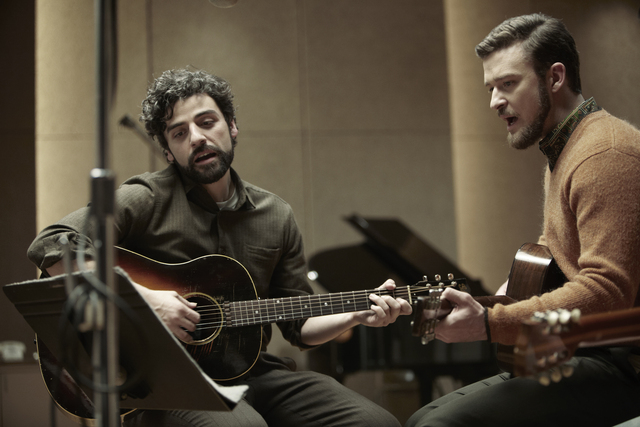Film Review: Coen Brothes Get Folksy In Melancholic Music Pic Inside Llewyn Davis
Coen Brothers Get Musical In Melancholic Character Study


“The times they are a-cha ... hold on
Latest Article|September 3, 2020|Free
::Making Grown Men Cry Since 1992


“The times they are a-cha ... hold on